Buying a bong can sometimes be a big decision, as some models are extremely expensive. To spin the metaphor, the difference between some bongs is really like the difference between a Mercedes and a BMW.
Bong designers have spent years thinking and testing to create innovative designs. In fact, bong making is a form of cannabis craft. One can make them out of almost any material. However, when someone refers to a "bong", they typically tend to be thinking of a traditional glass style model.
Things have evolved over the past 25-30 years since bongs made a huge comeback in the 90s. Here are the different possible materials from which they can be made, and the differences between them:
1. Glass
The most popular material for a bong is still glass. And the designers aren't shy about using artisanal glass blowing skills to make them as beautiful as possible. But in addition to being shiny and beautiful, they are also practical. The glass does not hold onto tastes and is transparent (which makes cleaning easier).
However, it has one enormous and major drawback: it is breakable. This should be taken into account by clumsy smokers. It could get very expensive to keep replacing them.
2. Plastic
The plastic models are perfect for ease of portability and transport, as well as being a good deal easier on the wallet. If budget is a significant consideration, then plastic bongs are likely to be the cheapest and easiest to find.
The major drawback? Plastic holds on to tastes, smells, flavours, and it can be impossible to remove a taste once it is embedded. If travelling, and something smaller than a bong is wanted, then possibly a pipe might be the smartest choice.
3. Ceramic
The third most popular material for making bongs is ceramic. There are some very pricy vaporisers that use ceramic for the tubing through which the vapour travels, as it remains one of the most heat-resistant and sturdy materials around. Artists often use ceramic bongs to create original designs.
Unfortunately, it, too, is a material that breaks easily, as well as being difficult to clean because it’s impossible to see inside properly.
4. Bamboo
If organic materials are favoured, then bamboo bongs will probably appeal. They are very simple to make, and the material itself is quite cheap and probably the most durable of all materials mentioned. The increase in their popularity is therefore easily explained.
Bamboo doesn't really influence how the smoke tastes, but the bong will be harder to keep clean.
5. Hand-made bongs
Some people make bongs from fruit. Homemade bongs can actually be made from anything.
DIFFERENT SHAPES AND USES
1. Bongs with a hole
There's a hole that is plugged with the thumb somewhere on the bong, the name of which no one usually knows. This is called the carburetor.
Some bongs will have them, whilst some don't. The general aim is to allow an amount of fresh air to enter the bong in the final few seconds of inhaling, so that all the smoke can be sucked in.
2. The straight tube
A bong that looks like a tube with a cone. There is a popular theory that the longer the bong, the smoother the smoke. This is logical because the smoke has more time to cool before reaching the mouth. So a short tube means a harder and more intense affair
3. The round beaker or base
Whilst this more closely resembles a piece of lab equipment than a smoking device, it works like any other bong, except it's more difficult to knock over as the base is as wide as a beaker. The same is true for the round base bong.
4. Two, even three chambers
Most bongs have only one chamber. The water is poured in, the cone is loaded and it is set to go. A multi-chamber bong is smoked the same way, but the smoke will behave somewhat differently inside. This is a type of bong that holds the water in more than one place; this means that the smoke is actually filtered twice.
Some people say it cools the smoke down significantly and is therefore much smoother. Note that some add ice cubes to one of the chambers. This makes the smoke much cooler. In fact, ice can be used in place of water in any bong.
5. The percolator
Finally, the most advanced bong is probably the percolator. It contains particularly nice glassware inside it, so as to effectively disperse the smoke. This dispersion means that all of the smoke is filtered out, rather than just a small portion of it. Of course, this is meant to give the user a smoother experience.
Fun factoid:
Porsche designed a bong in 2011. The manufacturer's engineers can take pride in creating a smoking device as luxurious as its cars.
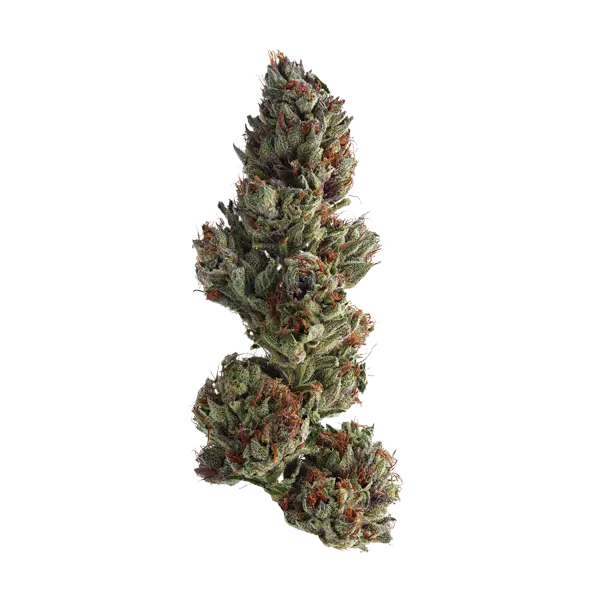
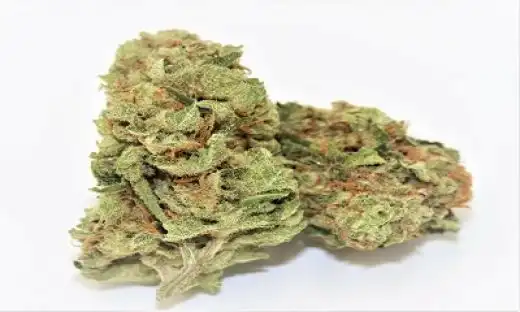

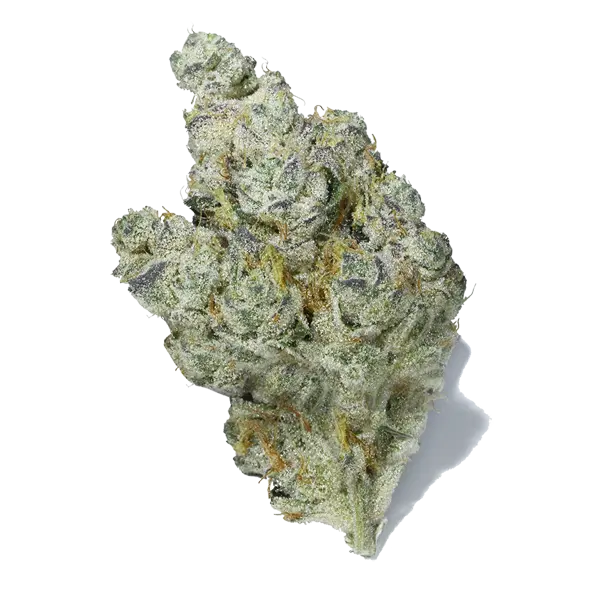
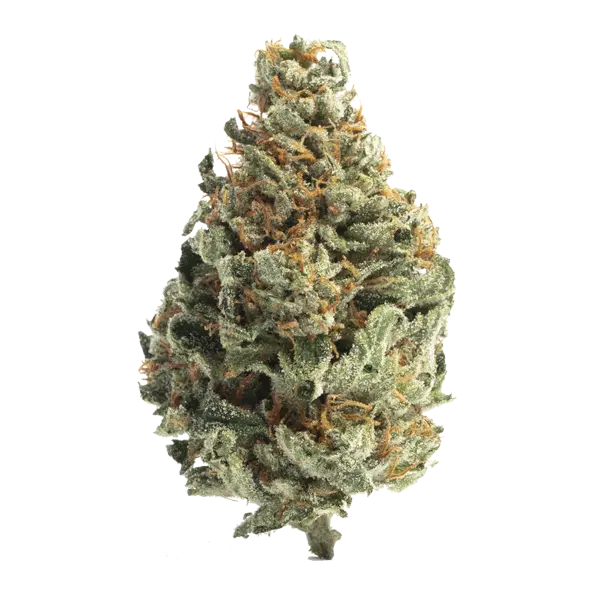
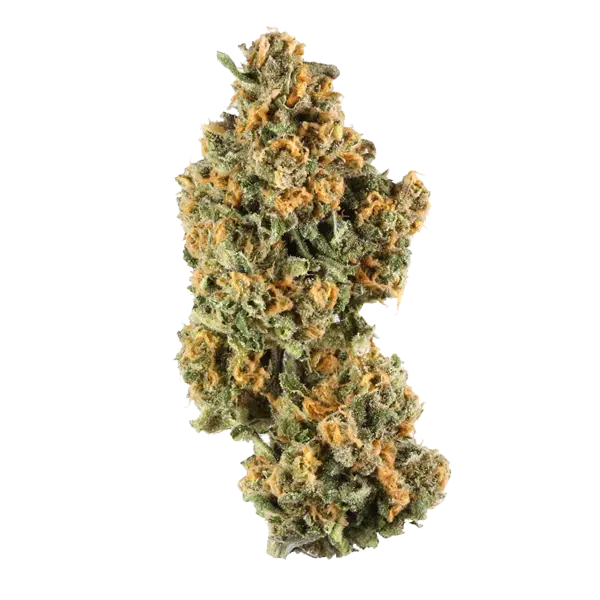
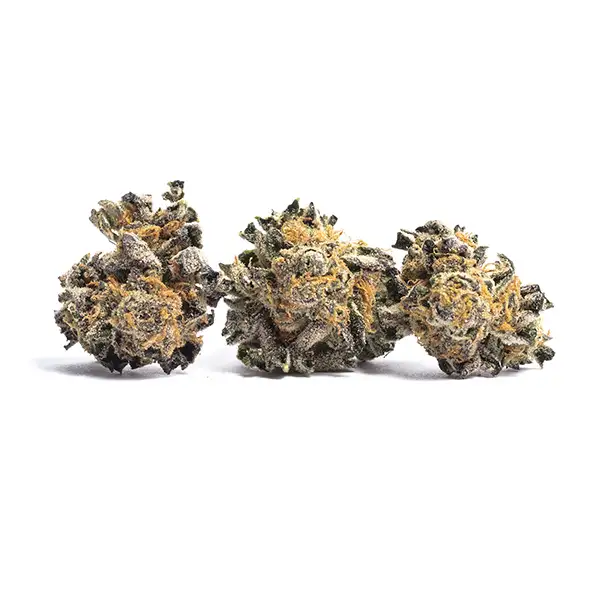
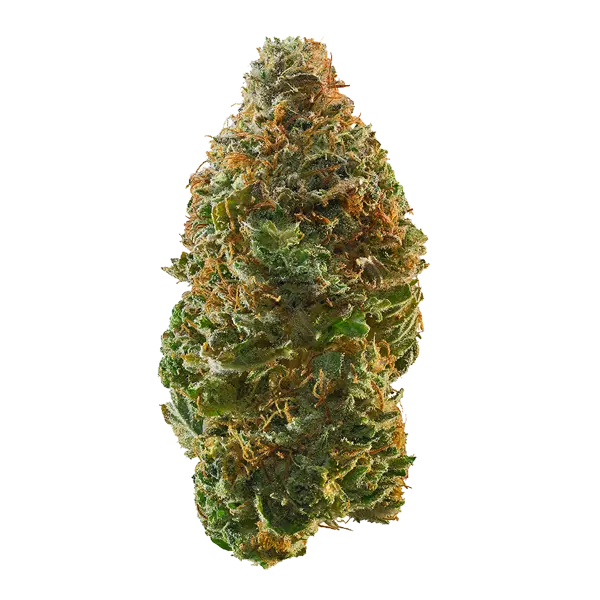
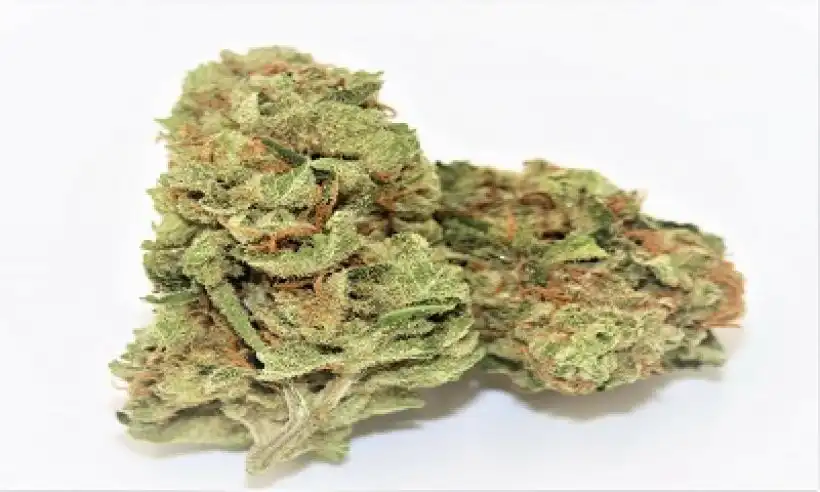
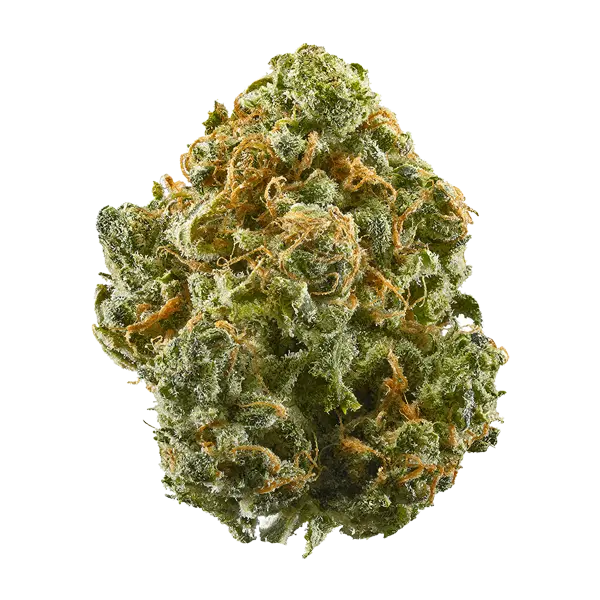
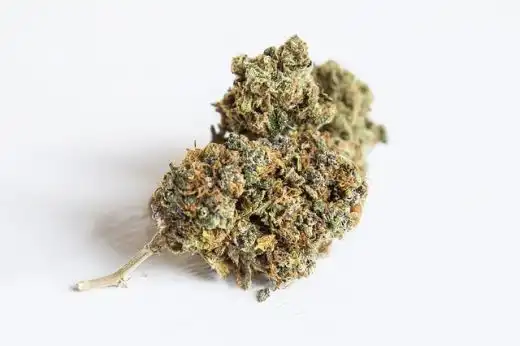
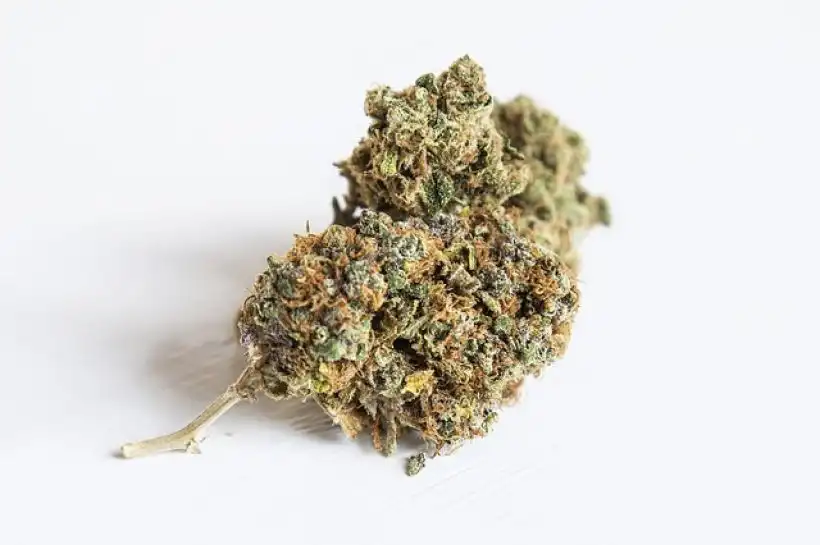
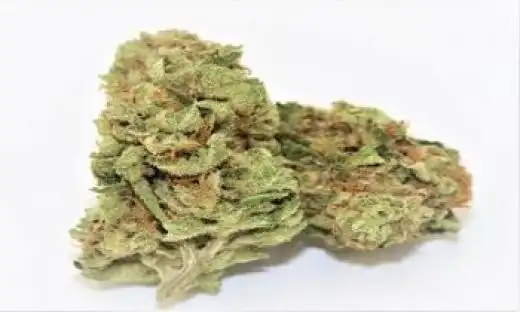
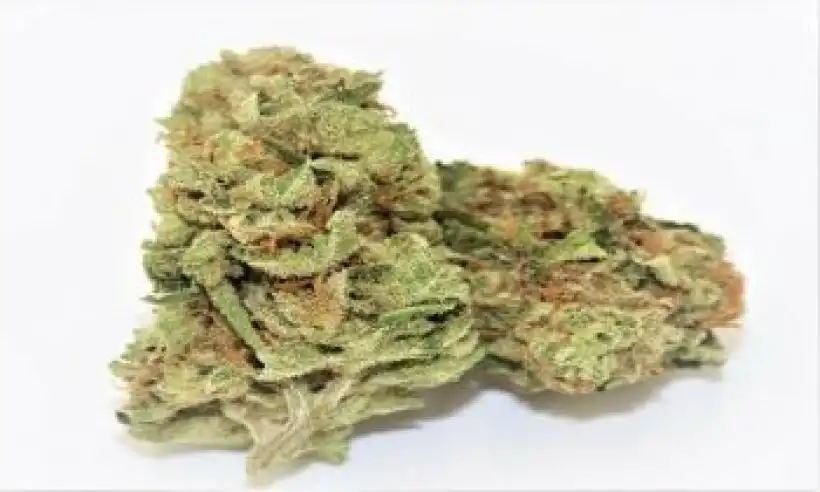
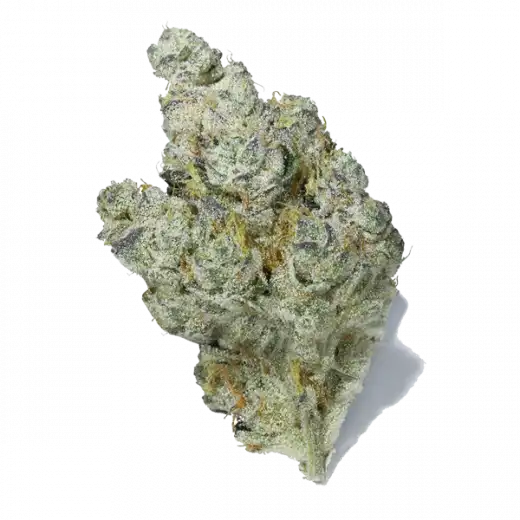
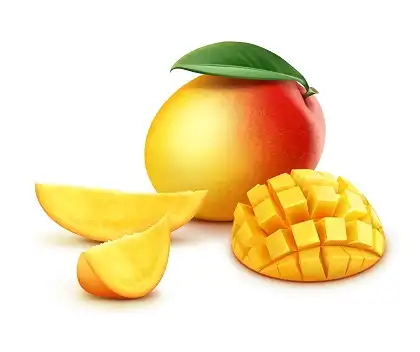
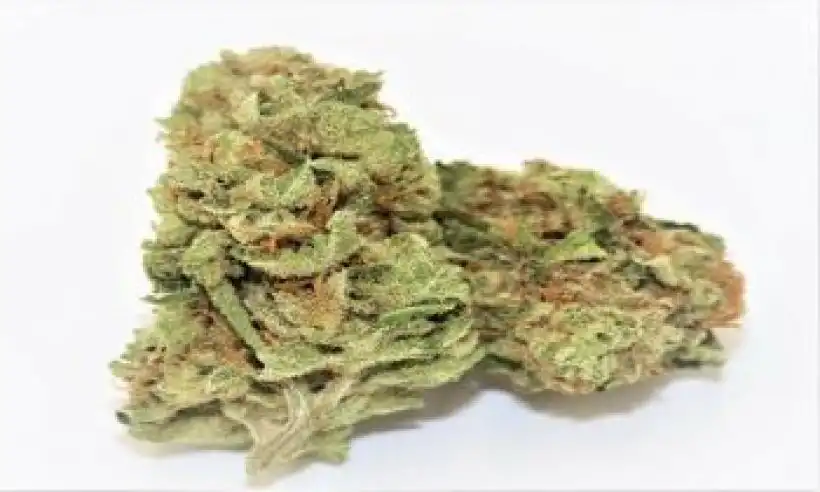
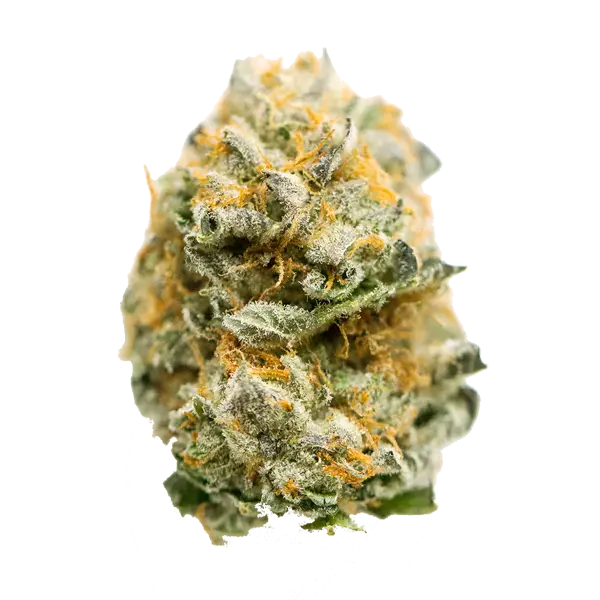
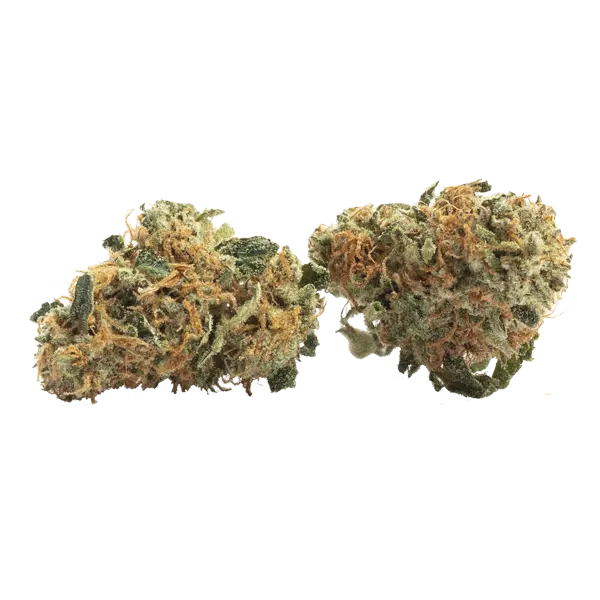
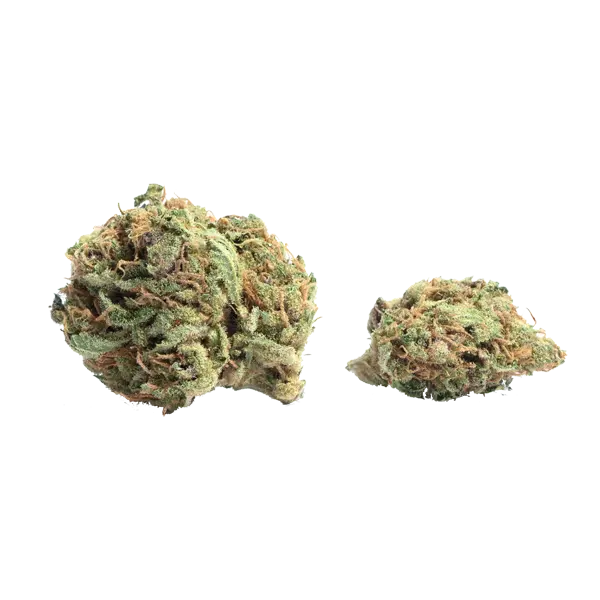
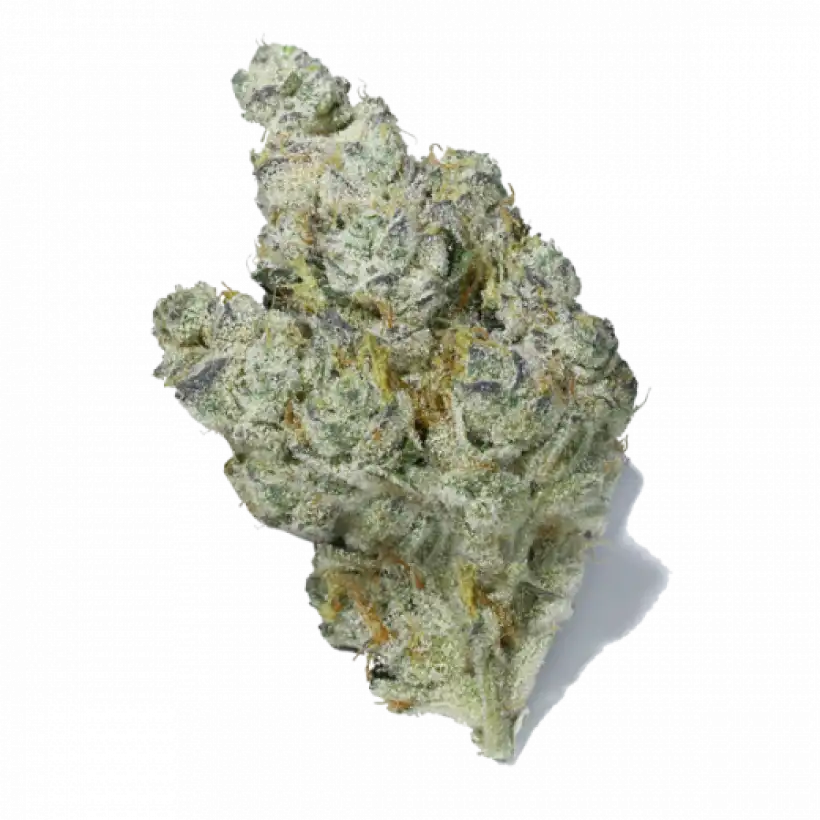
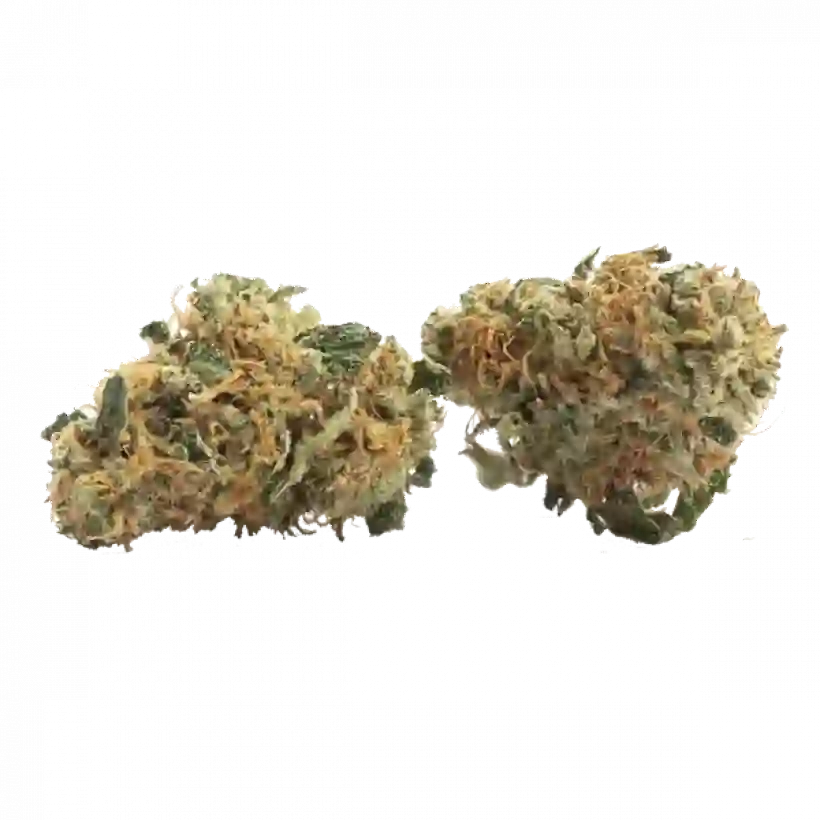
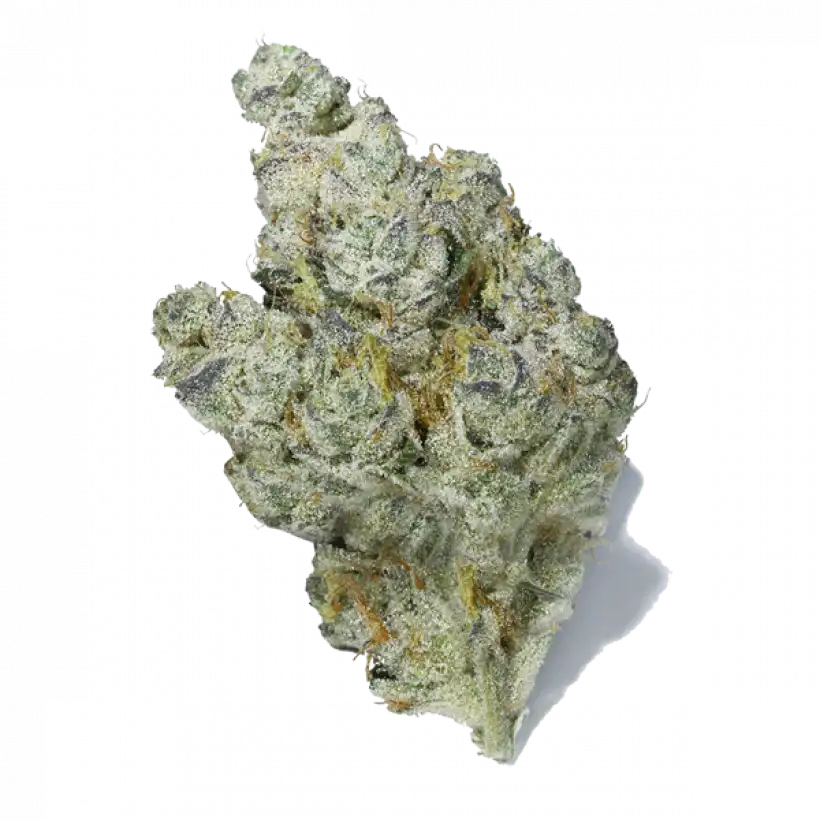
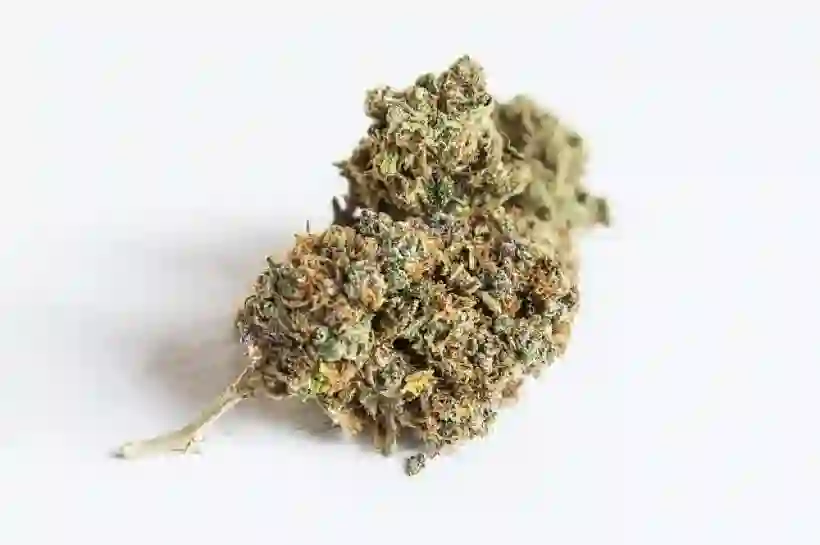
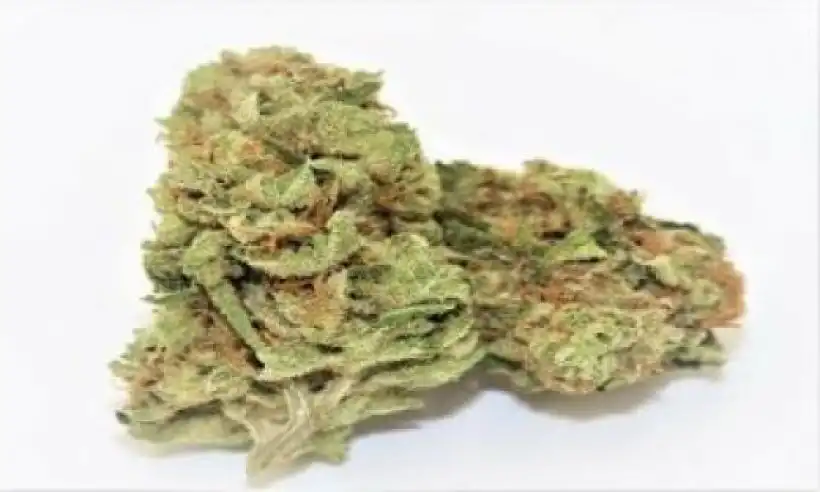
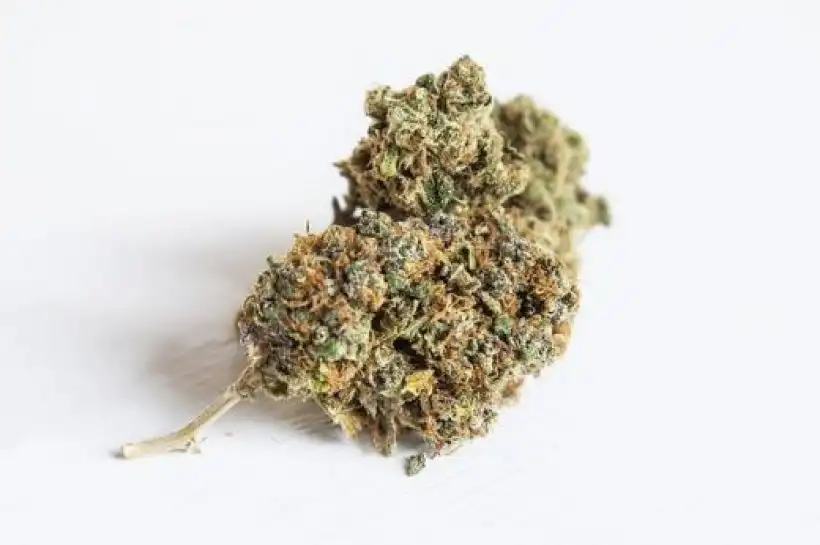

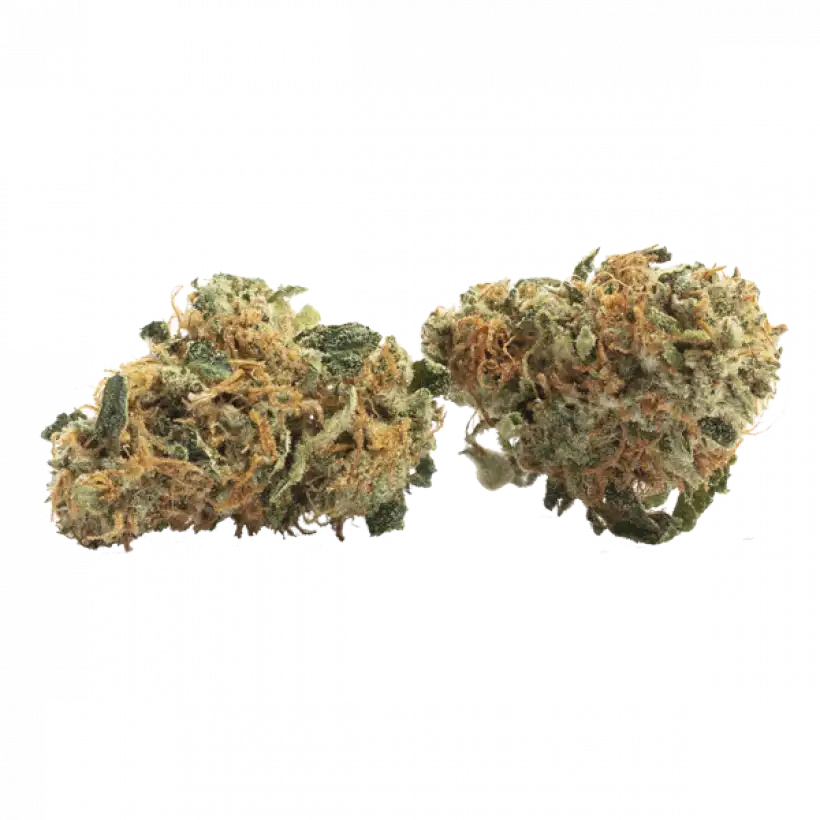
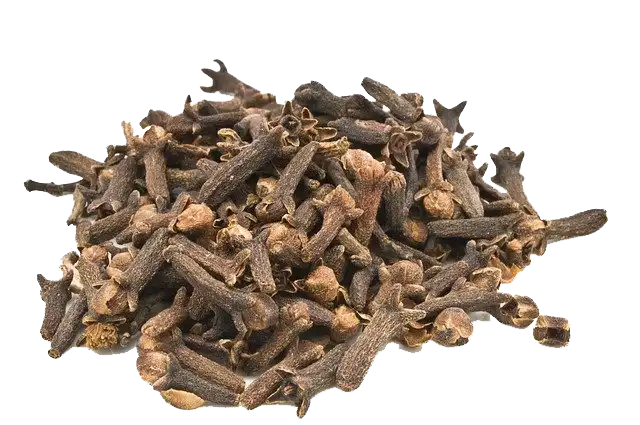
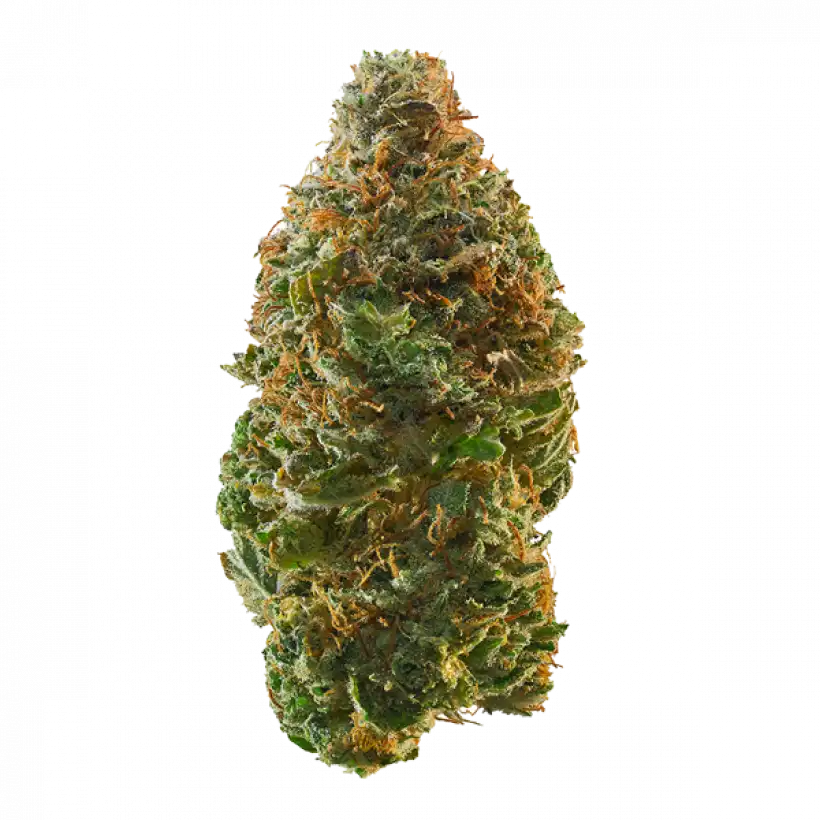

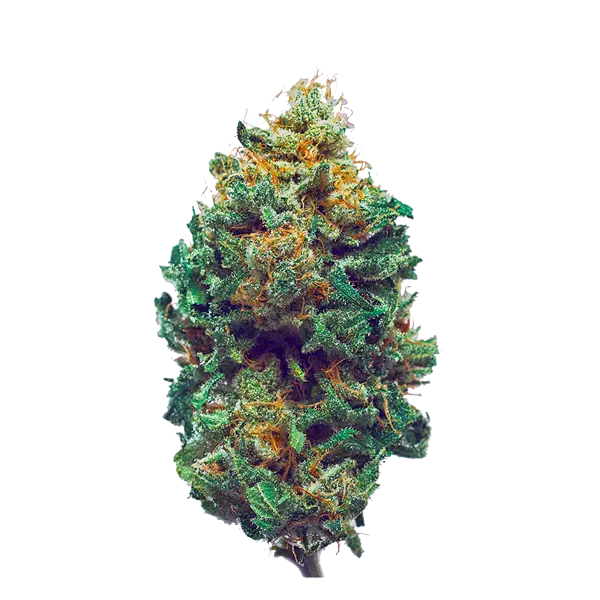

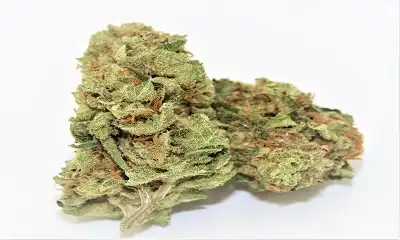
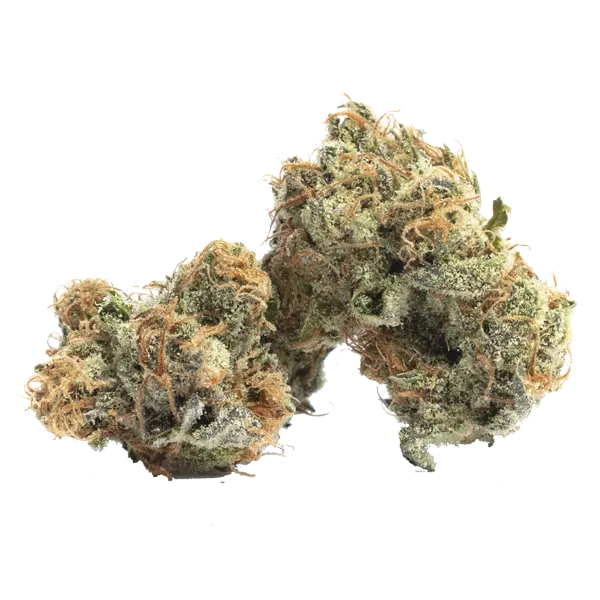
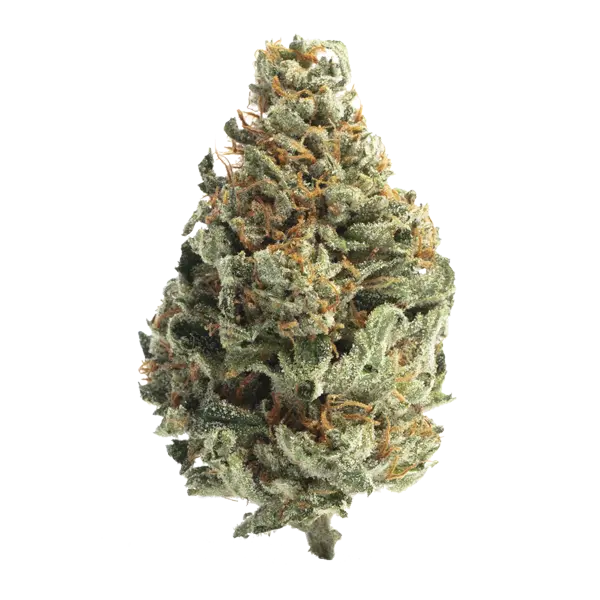
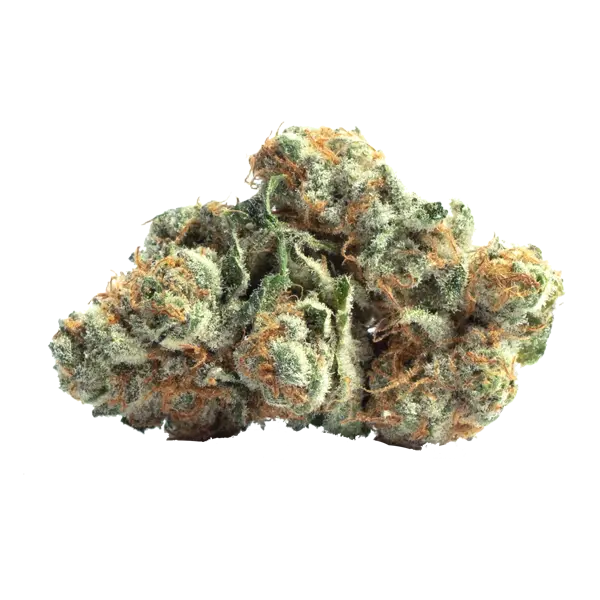
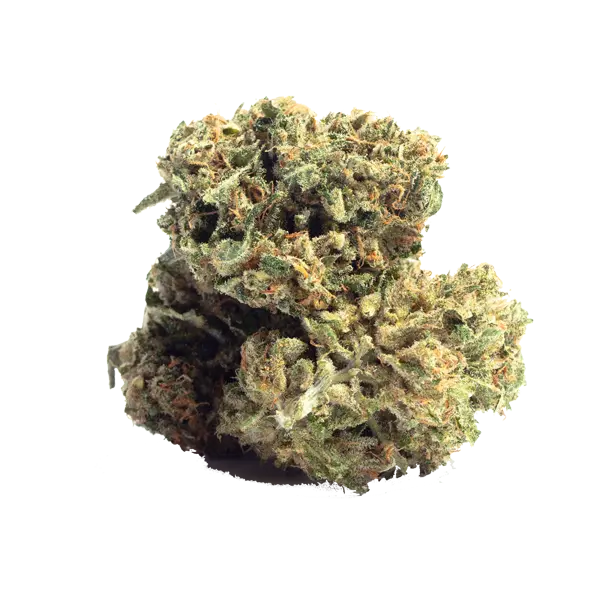
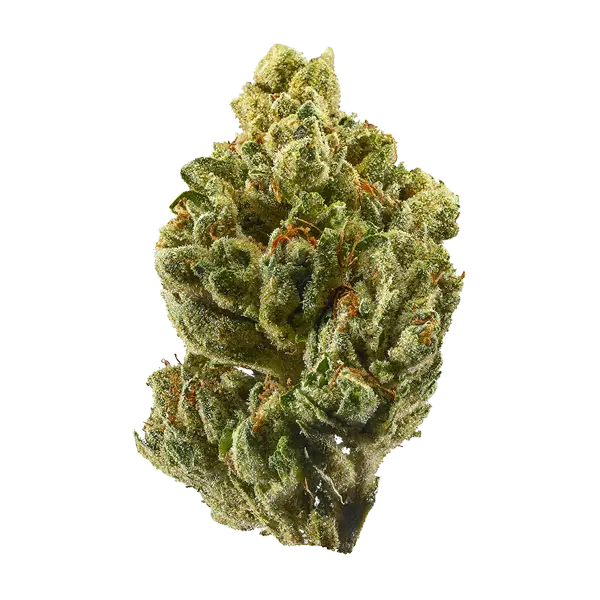
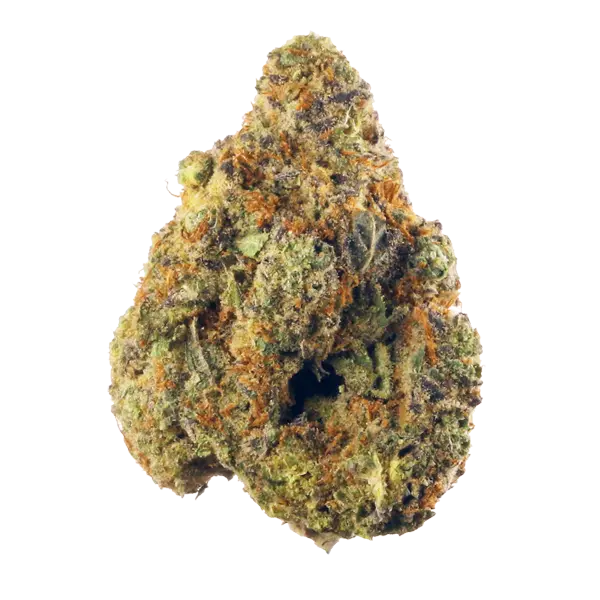
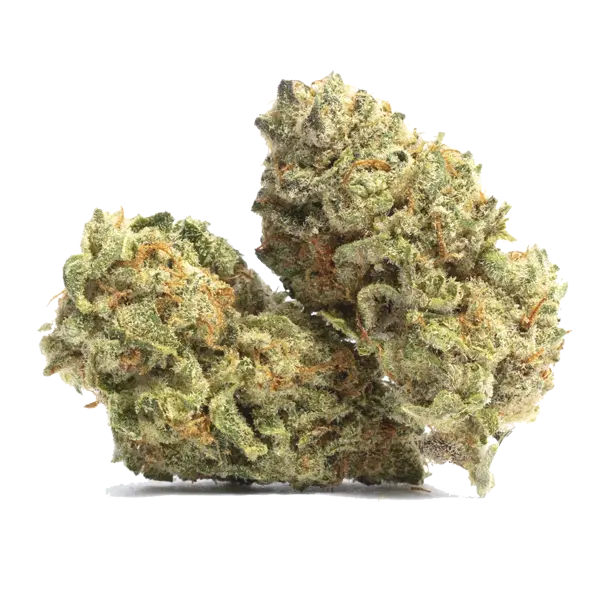
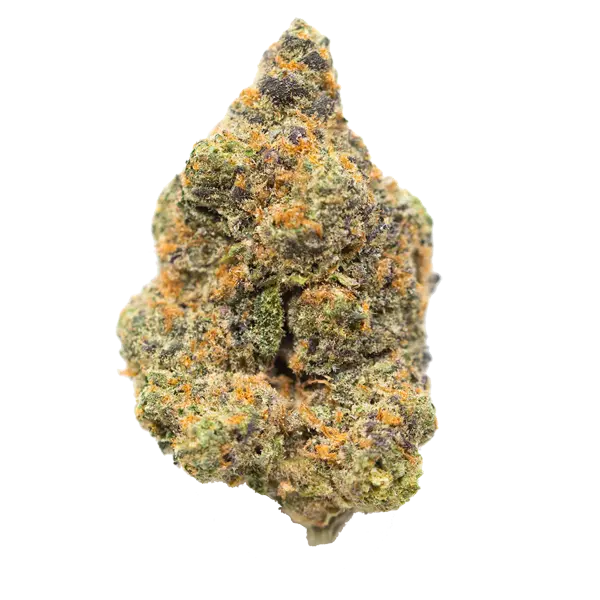
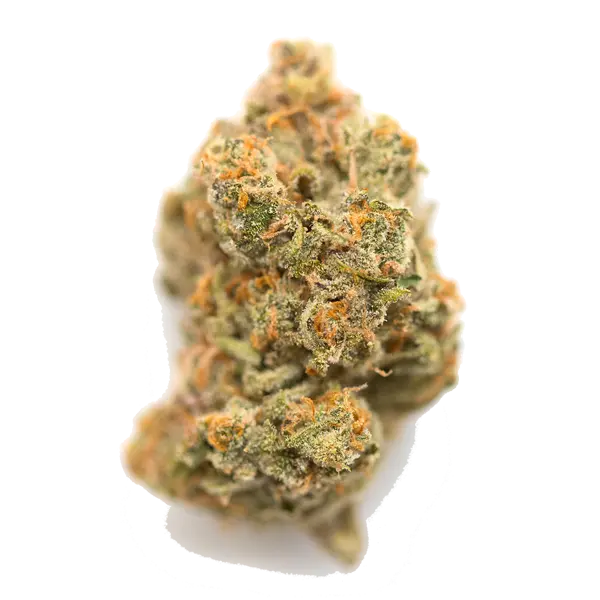
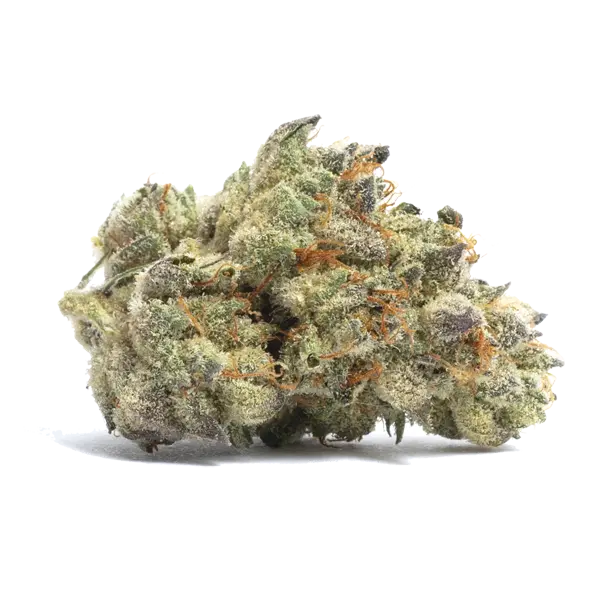
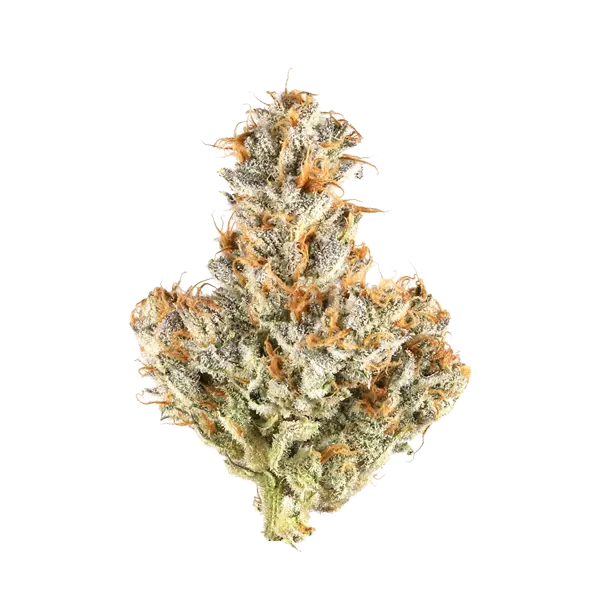
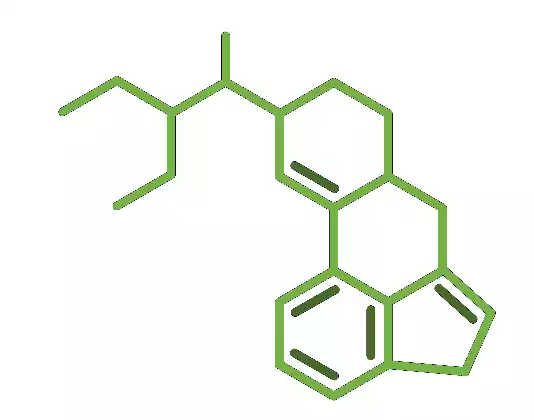





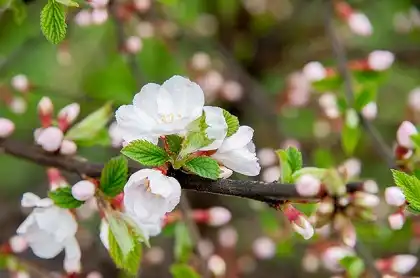











 Guidance on the Correct Storage of CBD-Based Products
Guidance on the Correct Storage of CBD-Based Products Cannabis and Dry Mouth
Cannabis and Dry Mouth








